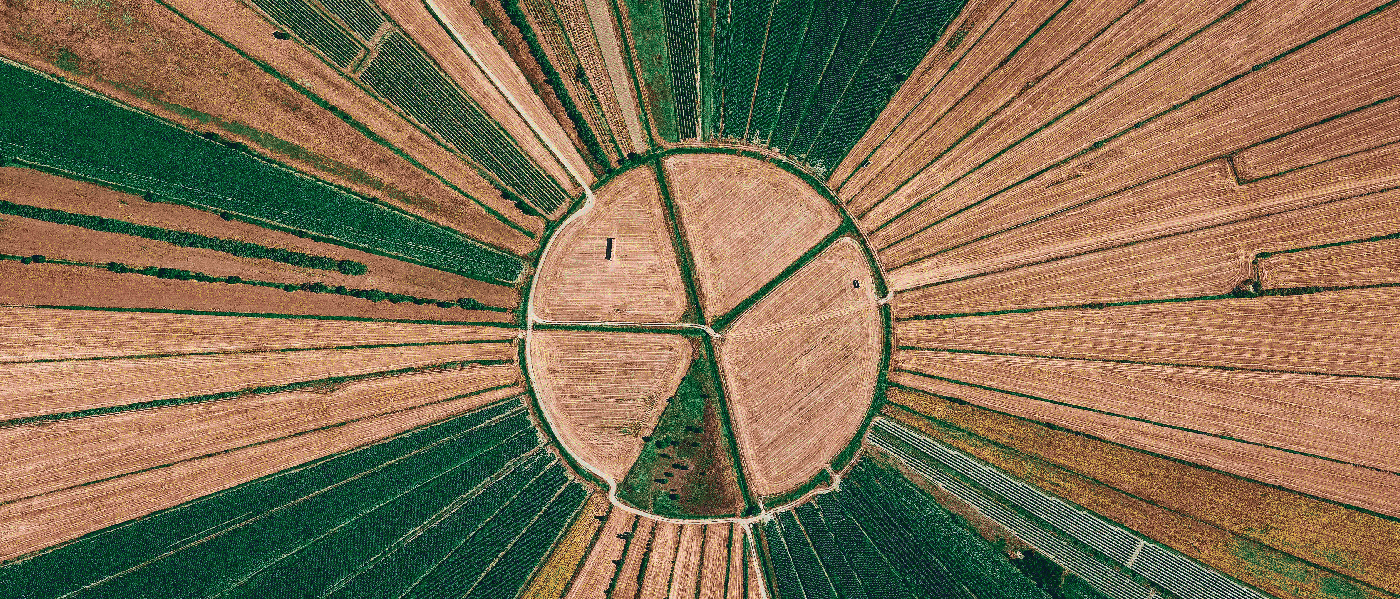
So, Who Invented Drones?
Drones, aka unmanned aerial vehicles, are often considered a 21st-century gizmo. But they actually go back over a century. So, who invented the first UAV?
The credit doesn’t go to one single person because the technology advanced in stages, along with wider shifts in scientific knowledge and manufacturing. But one of the pioneers was Archibald Montgomery Low, who developed and flew the first actual remote-controlled unmanned aircraft in 1917. His accomplishments have earned him the title “father of drones”.
Yet, drone technology also hinges on the advances made by Nikola Tesla, earlier in the 19th century, as well as Peter Cooper, Reginald Denny, and Max Boucher, among others, later in the 20th century.
The Origins of UAV Technology
To understand how drones became possible, let’s go back to the late 19th century. It’s the Electrical Exhibition day in Madison Square Garden, New York, and Nikola Tesla is demonstrating his latest research: a radio-controlled boat.
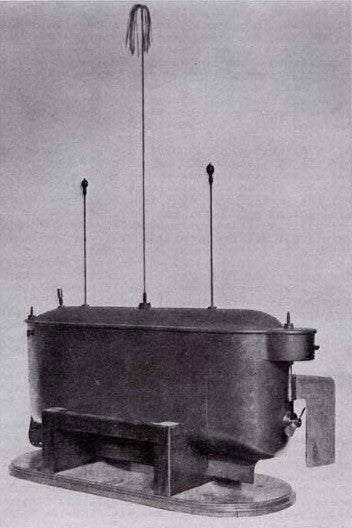
While it looked like a present-day toy, the four-foot-long model torpedo boat was a true breakthrough back then. Tesla could wirelessly control the boat’s movement, direction, and lights, using radio waves transmitted from a control box. Though not an aerial device, Tesla’s invention established fundamental principles of remote control that would later enable modern-day drone technology.
During an anticipatory address, Tesla proposed that the remote control technology would one day render war impossible since even lesser countries would have an effective defense mechanism — a prediction that didn’t quite hold because counter-drone technology developed pretty much at the same pace. But his ideas, along with Marconi’s invention of the radio transmitter in 1895, indeed were a stepping stone for military UAVs.
Invention of Military Drones During World War I
The very first real unmanned aerial vehicles controlled from the ground emerged during World War I. The greatest pioneer in this technology was British engineer Archibald Montgomery Low, who is popularly known as the “father of the drone” or “the father of radio guidance systems”.
In 1916, as an employee of the British military, Low created the Aerial Target, which became the world’s first radio-controlled aircraft. By using compressed air (an innovation in itself!), Low’s team successfully showed remote vehicle control during the short flight of the pioneering aircraft on March 21, 1917. Equipped with a single film camera, Aerial Target was the first drone with a camera.
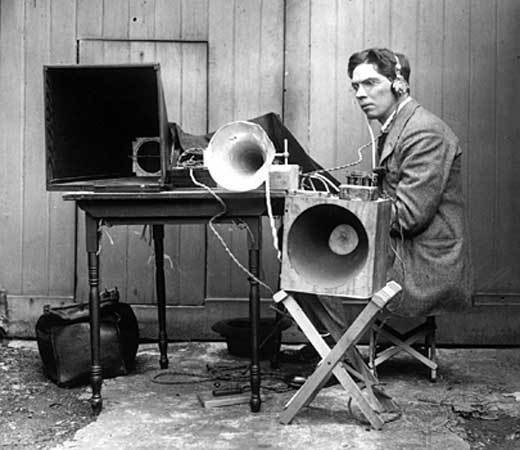
During subsequent years, Low continued to tinker with the design and created an electrically powered gyroscope — a key precursor for modern-era internal navigation systems (INS). He also created an early electrically-steered rocket, foreshadowing World War II weaponry.
Meanwhile, in the US, a father-son Sperry duo and inventor Peter Cooper Hewitt were working on an “Hewitt-Sperry Automatic Airplane” project — an unmanned aircraft for carring explosives.
In the 1930s, Reginald Denny, a British actor and aviation enthusiast, took the technology further. He created the first purpose-designed drone, the Radioplane OQ-2, used to train anti-aircraft gunners during the World War II.

Source: National Museum of the United States Air Force
France’s military pilot Max Boucher also played an important part in the growth of unmanned aviation. His unmanned aircraft, with a wingspan of 15 meters, a length of 10 meters, and a weight of 500 kg, carried out several successful flights, proving the value of autonomous reconnaissance missions.
Following World War I and II, drone technology for drones improved further. The Radioplane Company started experimenting with the use of mounted pulse jets in place of propellers. The decade witnessed quick technological advancements that would go on to develop present-day military and commercial drones.
The Rise of Compact, Commercial Drones
The first hobbyist drones started to crop up during the late 1990s. Canadian Draganfly launched Draganflyer in 1999 — one of the first commercial quadcopters with a camera.
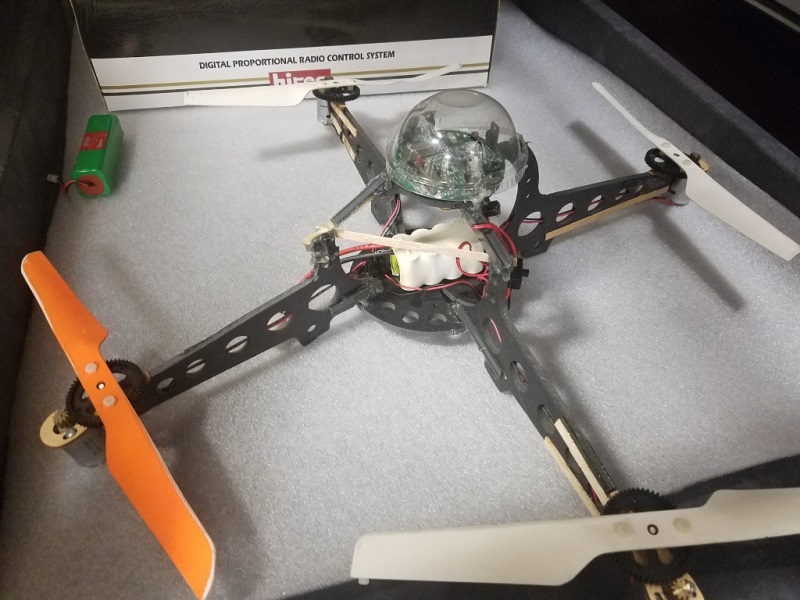
French Parrot was established in 1994 and started capturing market share in the 2010s after releasing the first line-up of smartphone-controlled camera drones.
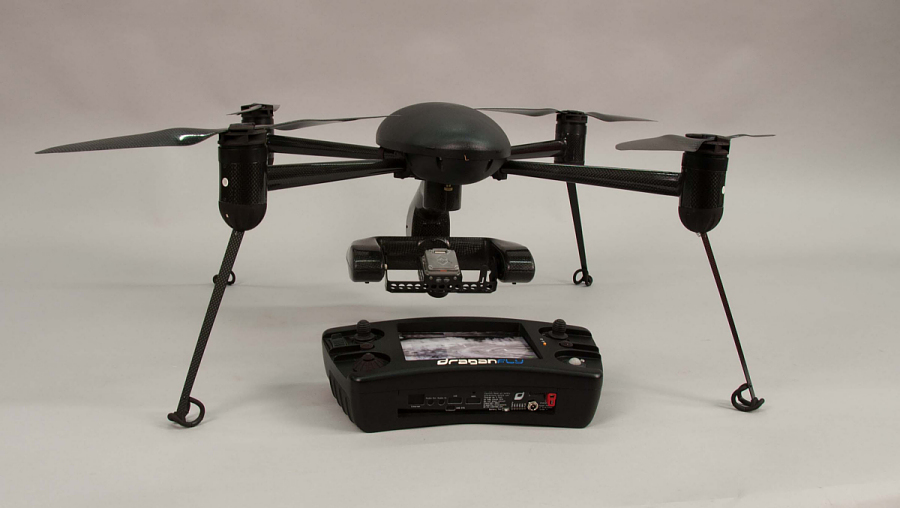
DJI, founded in 2006, further popularized the consumer drone segment. Its Phantom lineup, introduced early in the 2010s, married premium-quality cameras and intuitive controls into an affordable, accessible product for hobbyists as well as professional use.
Today, there are hundreds of drone manufacturers, ranging from large multinational corporations to specialized startups, producing MilTech, industrial inspection, agriculture, and mapping drones. You can learn more about market leaders from our UAV Directory.
